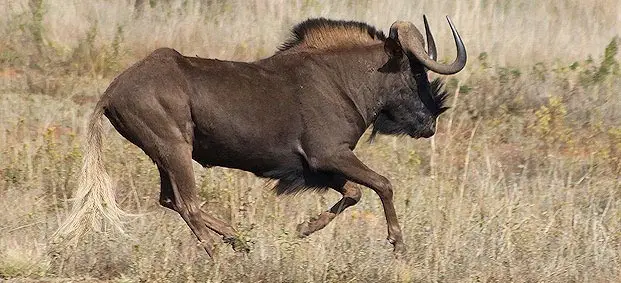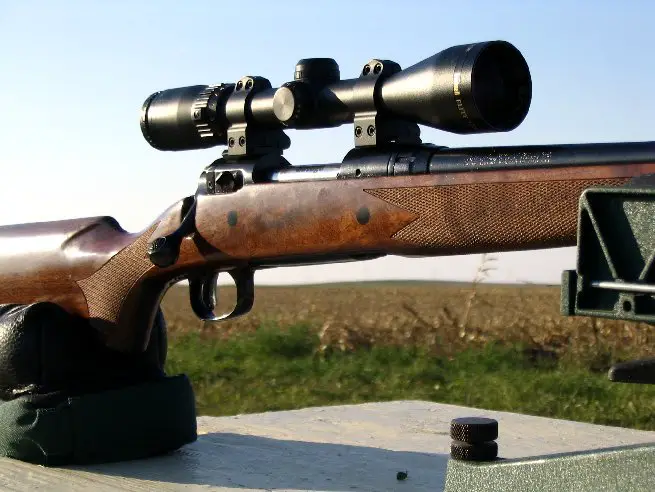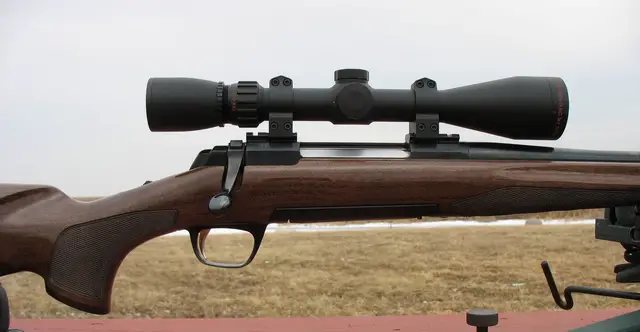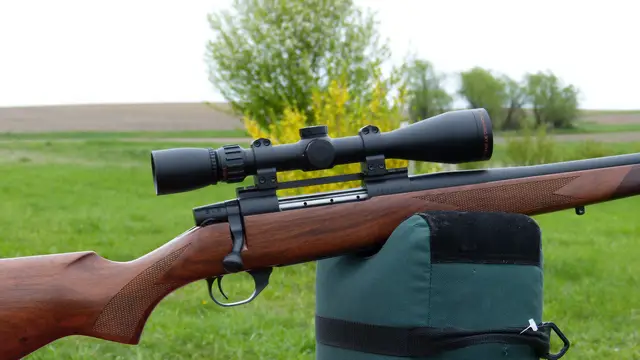


Rifles
and Ammunition for South Africa, Part One
It is back to South Africa, one of the
best spots on the planet in terms of variety of game and “horn for
the dollar.” This time, rather than primarily walking through dense
bush, it will be a bit more open grassveld country and commensurately
longer shots. “Longer shots” is of course relative, but 300
yards or so is anticipated, certainly longer than you'd expect hunting
whitetail in the timber, but similar in shooting distances to our last
pronghorn hunts. With available hunting areas of 30,000 hectares or so
(over 74,000 acres) the variety is overwhelming.



From the top: black wildebeest, waterbuck, and red hartebeest.
Karel Haefele seems to think the black wildebeest (uppermost) is a gorgeous animal; I remain unconvinced. They can hit 400 lbs or so. Along with the waterbuck (550 – 600 pounds), those are the two toughest animals of my interest, with the red hartebeest (330 pounds) the next in line in terms of weight. Blesbok, bontebok, and so forth are substantially lighter.



Uppermost: Savage American Classic in 7mm-08, Browning X-Bolt Medallion in .270 Win, and the Weatherby Vanguard Series 2 Sporter also in .270 Winchester.
Autoloaders are not allowed in South Africa, so the BARs get to stay at home. Most have their favorite cartridges; in my case that would be the .270 Winchester but the 7mm-08, .30-06, and so forth are all suitable with the right bullet in the right spot. I've not completely decided yet between a Browning X-Bolt in .270, a Savage American Classic in 7mm-08, a Weatherby Vanguard Series II Sporter in .270, or a soon to arrive Weatherby Vanguard Back Country in .30-06. There is no negative to the Vanguard Sporter as far as function, it is just a matter of weight. Even the 6-3/4 lb. X-Bolt gets heavy in a hurry at 8-1/2 pounds scoped, but unloaded and without sling, so even the somewhat lighter rifles quickly become 9 pounders in use.
The exterior ballistics with Accubond, Barnes TSX, Hornady InterBond, Hornady GMX, and Premier® Scirocco™ Bonded loads fall into a reasonably narrow category. With a 200 yard zero, there is about six to seven inches of drop at 300 yards. Invariably, field shooting shows that factory printed ballistics are incorrect. Lab results use 24 inch test barrels, cannot account for barometric pressure, temperature, scope height, and countless other variables. As a generality, for the type of game we are looking at, a good elk load is the category that is quite sufficient for everything we will be hunting.
What got picked, and why, to follow in part two.
©1999 - 2013 Randy Wakeman. All Rights Reserved.

Custom Search

